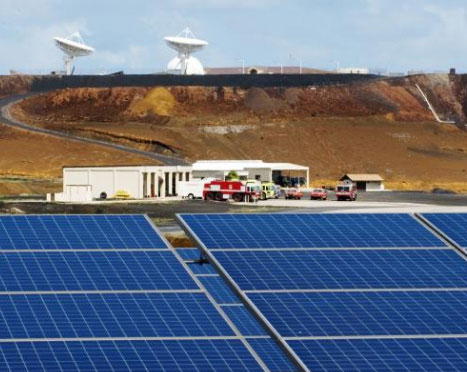Sustainability / Environmental Responsibility

Our ZeroCarbon Journey
Continuing on the environmental sustainability journey that we embarked in 2014, we earned our Carbon Neutrality status for the 10th consecutive year. Our certification renewal included an in-depth assessment of our organisational greenhouse gas (GHG) emissions conducted by Climate & Conservation Consortium (CCC), and an independent verification of results by the country's foremost ISO 14065 accredited validation, verification and certification services provider, The Sustainable Future Group (SFG).
View 2025 LLF CCC GHG-Report | View SFG ZeroCarbonR Certificate
View 2024 LLF CCC GHG-Report | View SFG ZeroCarbonR Certificate
Ratnapura and Kandy Small Hydro Power Project
The Clean Development Mechanism (CDM) registered credit generation project is a collection of four small, grid-connected run-of-river hydropower project delivering zero-emission renewable electricity to the national grid of Sri Lanka. The project generates approximately 58,600 MWh of electricity annually, representing roughly 49,796 tCO2e tonnes of emissions reductions. The plants are Located in the Central and Sabaragamuwa Provinces and Hapugastenne, Phase I and Phase II Projects are situated near the town of Ratnapura in Sabaragamuwa Province, Sri Lanka.
Environmental, Social and Economic Benefits
- The project reduces a considerable amount of emissions that would have otherwise been released into the atmosphere as a result of using conventional means of electricity generation (oil/coal)
- Run-of-river hydro projects use considerably less water storage compared to other hydroelectric power facilities
- During the construction phase of the plants (roughly one year in duration) the civil engineering firms undertaking the construction of the plants hire a large number of skilled and unskilled workers from the nearby communities, thereby providing additional employment during the period.
- After commissioning, the plants typically have a staff of 10-15 persons including plant operators, labourers, security staff, etc. Over 50% of these persons are typically hired from nearby communities.
- All power from the power plants is carried to the CEB grid through the existing 33 kV distribution lines in the area. In rural Sri Lanka, there are frequent breakdowns in supply and the repair of these breakdowns by the CEB take time. As a result, grid outage rates suffered by other consumers in the area are also significantly reduced due to these power plants.

Andhra Pradesh, Rajasthan and Karnataka State Solar Power, India
The project comprised of 8 sub divided solar plants throughout Andhra Pradesh, Rajasthan and Karnataka State in India. It uses photovoltaic power modules to harness solar energy and generates electricity for the Indian grid. By delivering clean and renewable power the solar plant displaces fossil fuel generated energy. This assists in diversifying India’s energy mix and addresses the national target to provide 175 GW of energy from renewable sources by 2022.
The Project and Emission Reductions:
In addition to delivering approximately 4 million tons of emissions reductions each year to take climate action (SDG13), the project delivers another benefit. With a total operational capacity of 2,250 MW this solar plant will generate 800,000 MWh each year for the Indian electricity grid. This project contributes towards estimations that renewable energy will provide 30% of the electricity sector’s power demand by 2023.